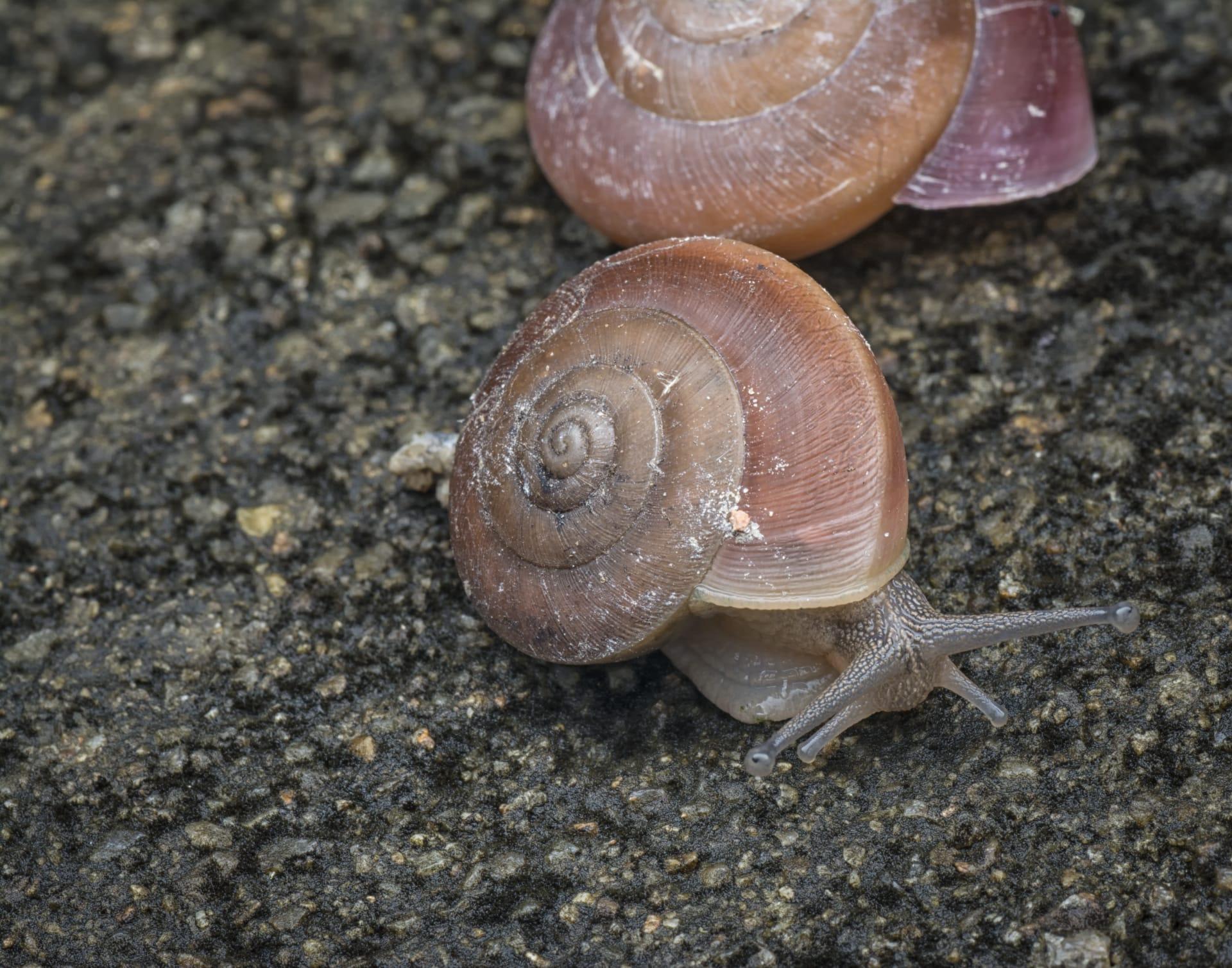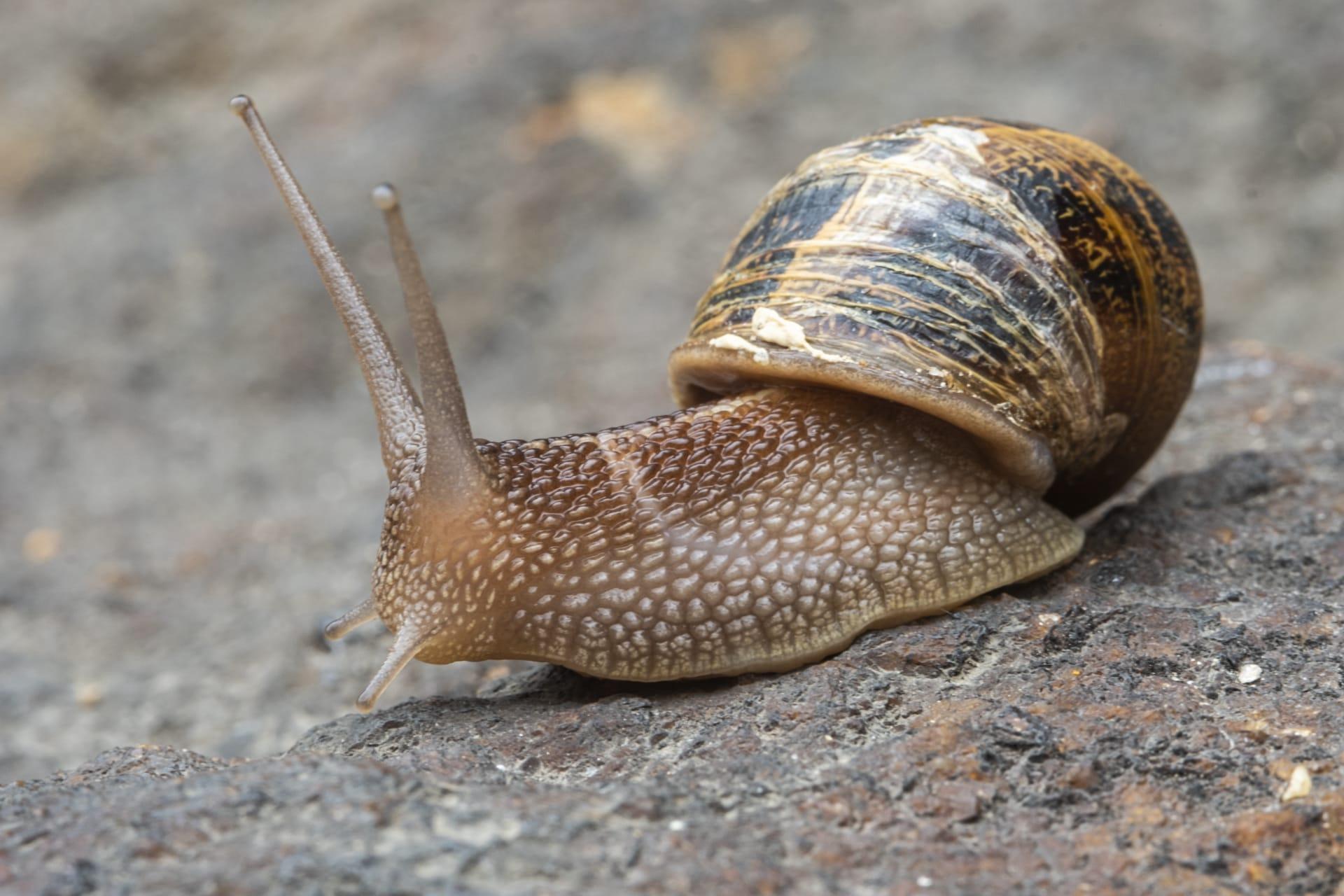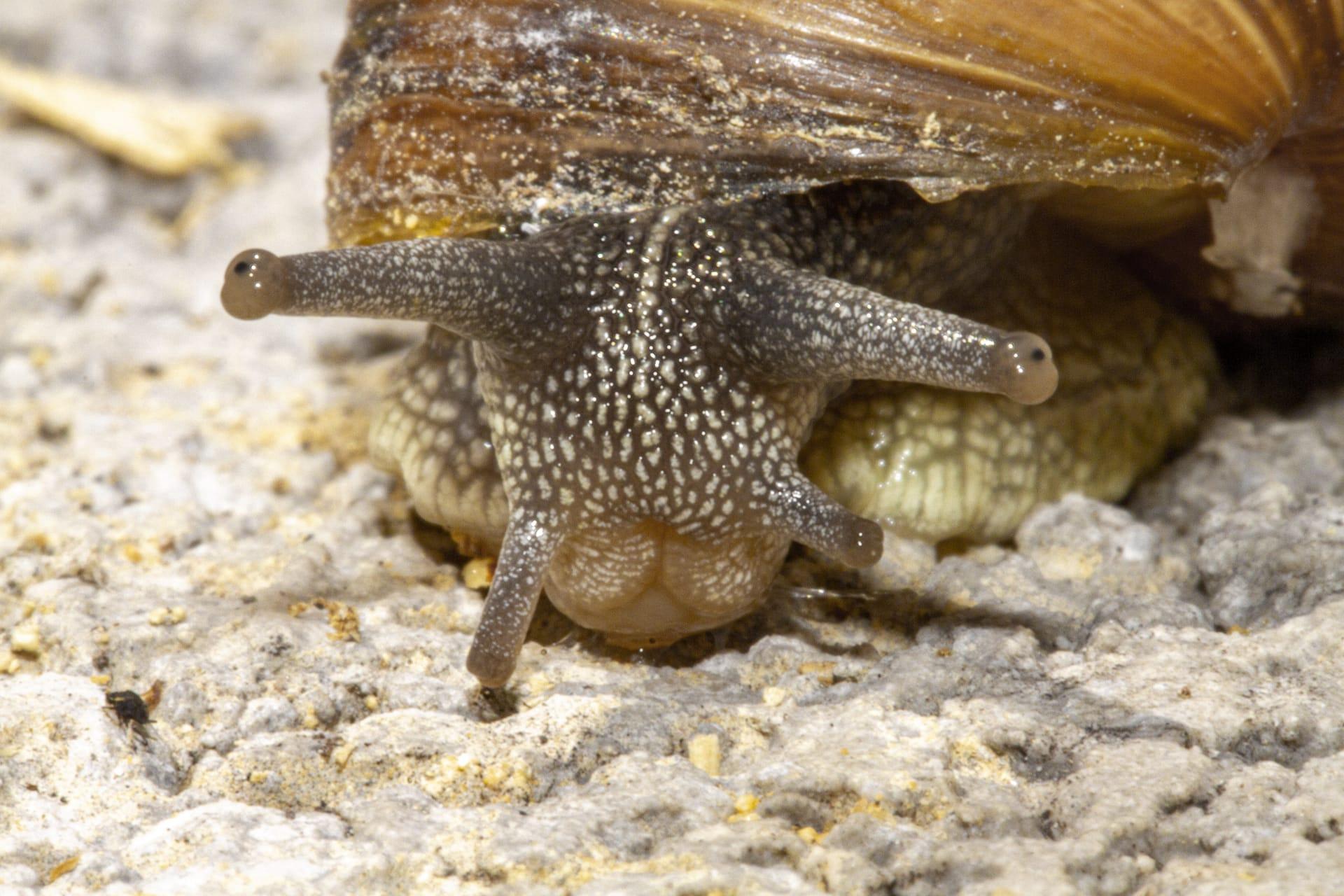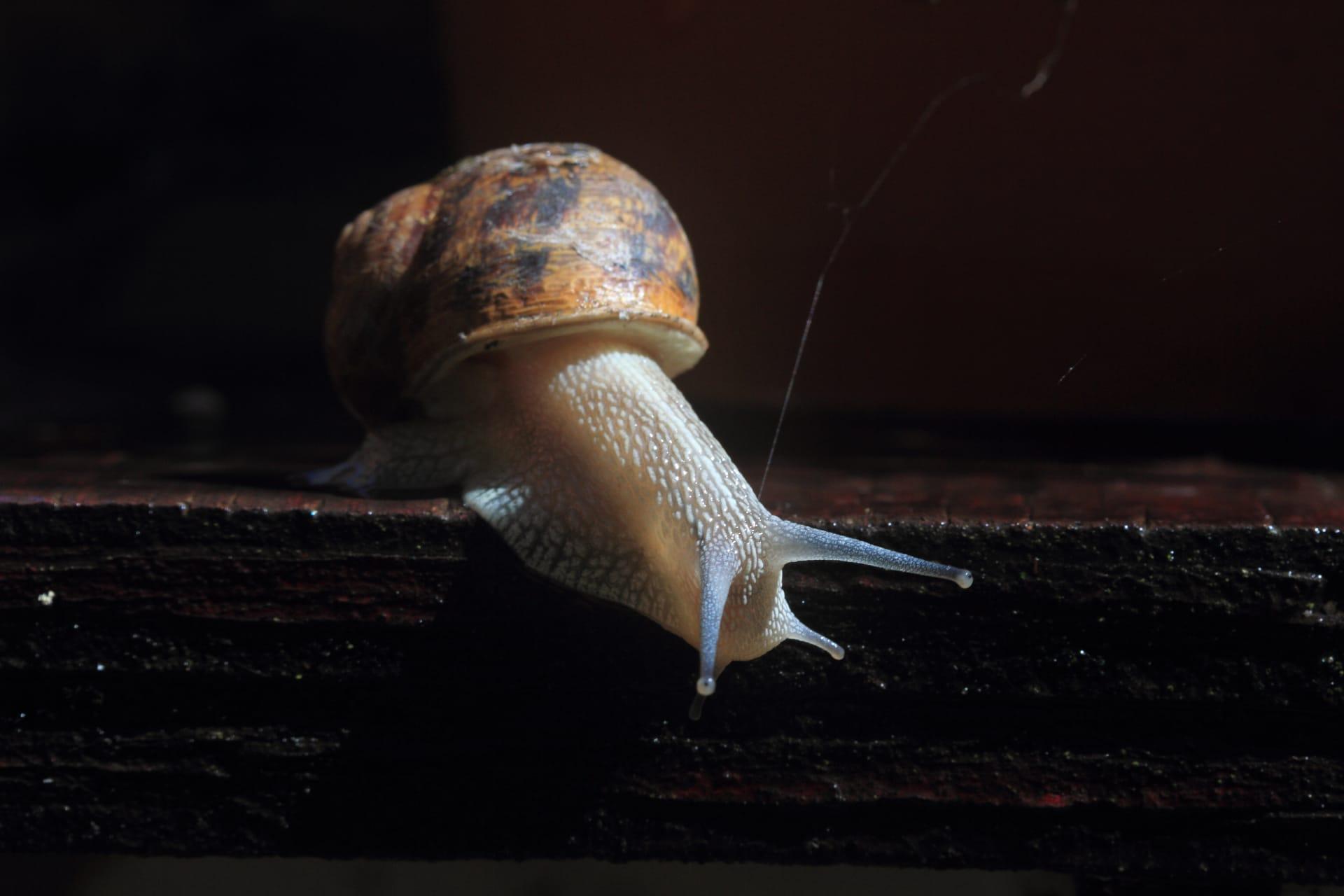Snails Characteristics
- Home /
- Mini Encyclopedia /
- Animal /
- Snails Characteristics
1
Snails, intriguing creatures found across the globe, display a diverse array of physical features. Most terrestrial snails are small, with many species measuring under an inch in length, though some larger varieties can reach up to 8 inches. The lifespan of snails varies significantly by species, environment, and threats from predators. Generally, they can live from a few years up to a decade, with some exceptional cases living longer.
The most distinctive organ of a snail is its shell. This spiral structure, made primarily of calcium carbonate, provides protection and support. Its growth keeps pace with the snail's body, allowing for continual expansion as the snail matures. The shell's shape and coloration are unique to each species, serving as a vital defense mechanism and a means of temperature regulation.

2
Question: Why do snails leave a slimy trail?
Answer: The slimy substance, known as mucus, serves multiple purposes. It aids in movement, reducing friction between the snail's body and the surface. This mucus also retains moisture, crucial for the snail's survival, especially in dry conditions. Additionally, it acts as a defense mechanism, deterring predators and protecting the snail's soft body from sharp objects and irritants.

3
Snails move using a muscular foot located on their underside. This foot contracts and expands, creating a rippling motion that propels the snail forward. Snails can climb vertical surfaces and even move upside down, thanks to the adhesive properties of their mucus. However, they are notoriously slow, traveling only a few centimeters per minute.
In terms of feeding, snails are primarily herbivores, eating a range of plant material, fruits, and vegetables. Some species are omnivorous and will also consume decaying organic matter and even other small insects. Their feeding habits play a crucial role in their ecosystem, aiding in the decomposition process and nutrient cycling.

4
Snails inhabit a wide variety of environments, from dense forests and gardens to rivers and oceans. Their preference for moist, shaded areas helps them avoid dehydration. Many terrestrial snails are nocturnal, venturing out in the cooler, damp evening hours.
Reproduction in snails can be fascinating. Some species are hermaphrodites, possessing both male and female reproductive organs, which allows them to self-fertilize or mate with any other snail. Others have distinct sexes. The reproductive process often involves the exchange of spermatophores, with egg-laying following several days to weeks later. The number of eggs and the hatching time vary widely among species.

5
Book: "The Sound of a Wild Snail Eating" by Elisabeth Tova Bailey. This American book, published in 2010, is a unique blend of personal memoir and natural history. Bailey, bedridden with a chronic illness, finds solace and fascination in the world of a snail that has made its home on her nightstand. The book offers intimate observations of the snail's life, providing insights into its behavior and environment.
Book: "Snails: Biology, Ecology, and Conservation" by George W. Martin. Published in the UK in the late 1990s, this book is a comprehensive guide to snail biology. Martin, a renowned biologist, delves into the various aspects of snail life, including their physiology, habitats, and the threats they face. The book also discusses the ecological importance of snails and the need for their conservation.